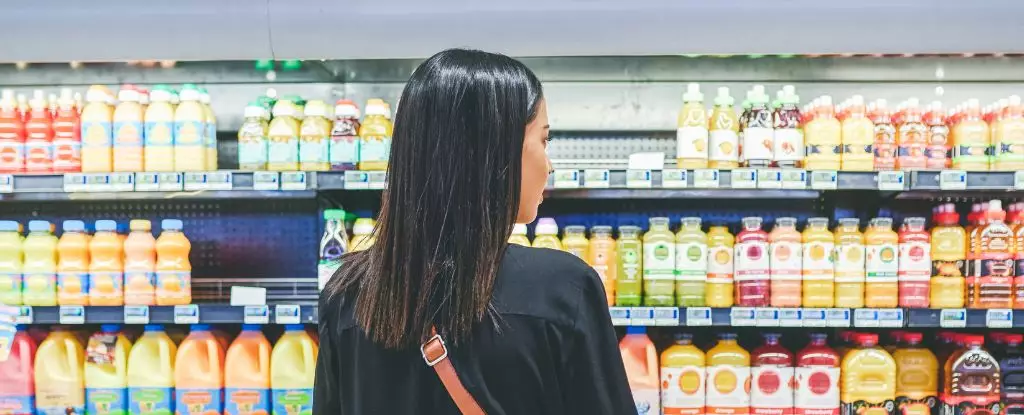In a revelation that has sent ripples through health and environmental conversations, a recent study by France’s food safety agency, ANSES, unearthed alarming levels of microplastics in beverages packaged in glass bottles. While the presence of microplastics has been a known issue—pervading our air, food, and even infiltrating human bodies—the fact that glass, often considered the safest and most sustainable packaging option, harbors these microscopic invaders poses serious questions.
This unsettling discovery likely stirs unease among consumers who might instinctively reach for glass in pursuit of better health and environmental choices. The agency’s findings revealed that certain drinks—specifically soft drinks, lemonade, iced tea, and beer—contained as many as 100 microplastic particles per liter when housed in glass bottles. This figure is significantly higher—five to fifty times more—than the levels detected in their plastic or metal can counterparts. It challenges the long-held belief that glass is inherently a safer choice, inching us closer to a potential reckoning over our packaging preferences.
Unraveling the Mystery of Microplastics
What is especially perplexing about this study is the unexpected nature of the findings. As PhD student Iseline Chaib noted, the research team anticipated that plastic bottles would harbor more microplastics due to their composition. Instead, the evidence pointed to a startling conclusion: the very paint used on the caps of glass bottles seemed to be a primary source of the contamination. This is indicative of a broader reality—our understanding of contamination risks in food and beverage packaging is still evolving.
In what can only be described as one of those “how could we have missed this?” moments, the scratches and wear on the caps appeared to release particles directly into the beverages. Not only does this highlight a failure in our current safety protocols, but it opens the debate on regulatory oversight surrounding packaging materials. If something as seemingly innocuous as a bottle cap could contribute to plastic ingestion, what other hidden perils lie in wait within the embrace of the everyday products we consume?
Calling for Enhanced Standards
The French study did underscore that while the presence of microplastics is concerning, the direct health effects remain elusive. Without established reference levels for what constitutes harmful exposure, the agency could not definitively declare that the findings posed a health risk. However, this ambiguity should not stifle conversation but rather embolden it. It is high time for our regulatory bodies to take a bold stance on standards regarding microplastic levels in food and beverages.
Deadlines should be set, thorough investigations mandated, and pressure applied to manufacturers to reduce contamination through thoughtful design modifications. For instance, the study noted that implementing cleaning methods resulted in a staggering 60 percent reduction in microplastic contamination. This should serve as a benchmark for the industry, a call to collective action to prioritize consumer health.
Consumer Power and Awareness
As consumers, our behavior is often dictated by trust in the system—the belief that regulatory bodies will protect us from hidden dangers. However, the revelation about microplastics serves as both a wake-up call and a learning opportunity. It is imperative for consumers to take a proactive approach, demanding transparency and accountability from the brands we choose to support.
By increasing our awareness and questioning the safety of everyday products, we might drive markets to adapt more sustainably and ethically. We need a paradigm shift where health-conscious choices align with rigorous safety practices across the board. Our choices should not just be driven by the illusion of purity, as glass conveys; instead, they must be founded on comprehensive safety assurances.
In this tangled web of microplastics and consumer trust, it is clear that we are on the cusp of a much-needed transformation in how we understand packaging safety. This study stands as a pivotal moment, urging us to navigate the complexities of our choices more cautiously while advocating for change.


Leave a Reply